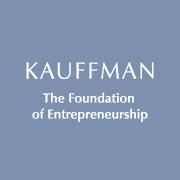State’s Educational Technology Commission Plans to Consider Changes to It’s Scope and Purpose
/The website of the Connecticut Commission for Educational Technology explains that “as require by law, the Commission “reports annually; on its activities and progress made in the attainment of the state-wide technology goals, and provides recommendations” to the state legislature. At the next Commission meeting, scheduled for next week, the Commission is expected to “take a look at any changes that Commission members feel should be addressed in terms of our scope and purpose.”
Nine months ago, in December 2015, the Commission produced an “annual report’ covering the years 2012, 2013, 2014, and 2015 – somewhat less frequent than “annual.” The Commission has met twice this year, on March 7 and June 13, and plans to meet again before year’s end on September 12 and December 5.
The Commission for Educational Technology was established at the turn of the century. In 1999, then Lt. Governor M. Jodi Rell submitted to Governor John Rowland the results of a three-month study that she led on computer readiness in Connecticut’s schools and libraries. The Lt. Governor’s report made nineteen recommendations “to ensure Connecticut’s students and teachers are prepared to meet the information technology needs of the next century.” Among them was the creation of the Connecticut Commission on Education Technology, which was proposed by Gov. Rowland and became law in 2000. Lt. Gov. Rell convened the first meeting in August, sixteen years ago.
An independent group composed of twenty leaders from education, business, information technology, and government, the Commission is empowered by the General Assembly to envision, coordinate, and oversee the management and successful integration of technology in Connecticut's schools, libraries, colleges and universities, according to the organization’s website. Commission members include representatives from the University of Connecticut, Office of Consumer Counsel, Office of Policy and Management, Department of Economic and Community Development, State Library, Connecticut Board of Regents for Higher Education, Connecticut Library Association, Connecticut Conference of Independent Colleges, Connecticut Conference of Municipalities, and Connecticut Council of Small Towns.
 As the state's principal educational technology advisor, the website explains, “the Commission works to ensure the effective and equitable use of resources, without duplication, and engender cooperation and collaboration in creating and maintaining technology-based tools for use by all the people of Connecticut.”
As the state's principal educational technology advisor, the website explains, “the Commission works to ensure the effective and equitable use of resources, without duplication, and engender cooperation and collaboration in creating and maintaining technology-based tools for use by all the people of Connecticut.”
The Commission’s “long-range” strategic plan was adopted on December 19, 2002. Goals and objectives included “communicate the promise and excitement of educational technology to the public,” “implement a development program to secure non-public support for educational technology initiatives,” and “provide educational equity and reduce the digital divide.”
Fourteen members were present at the June 2016 Commission meeting, when it was announced during a 90-minute session that the Connecticut Education Network funding was being reduced from just under $3 million to just over $1 million for fiscal year 2017. Officials said they were “anticipating that we will ultimately generate enough revenue to match former funding levels.” The website includes minutes of the meeting, as well as notes from the advisory councils that provide information to the Commission.
The Commission has four advisory councils:
- eLearning & Content - The eLearning & Content Advisory Council was established to provide to the Commission ideas and information about educational content and services that would benefit Connecticut learners.
- Professional Development - The Professional Development Advisory Council was established to provide the Commission with a description of options for best preparing teachers and faculty members to optimally use technology in a learning environment.
- iCONN - The Library Advisory Council provides the Commission with information and suggestions for enhancing iCONN, Connecticut's Digital Library.
- Network Infrastructure & Services - The Network Infrastructure & Services Advisory Council advises the Commission on matters relating to the Connecticut Education Network (CEN), and suggests technical services and enhancements that might benefit CEN users. Established in 2000, the Connecticut Education Network (CEN) is part of the State's secure "Nutmeg Network", whose purpose is to deliver reliable, high-speed internet access, data transport, and value added services to its members throughout Connecticut.
As part of the advisory council updates provided in June, Commission members heard about a new state law that will take effect on October 1, which imposes requirements on school districts regarding notification to parents about the use of student data, and includes provisions that govern contracts that schools enter into with education technology providers and consultants to ensure protection of student information, records and content. The Commission also noted that it has established a Twitter account, listserv, and updated website.
The location of the scheduled Sept. 12 meeting is not yet available.


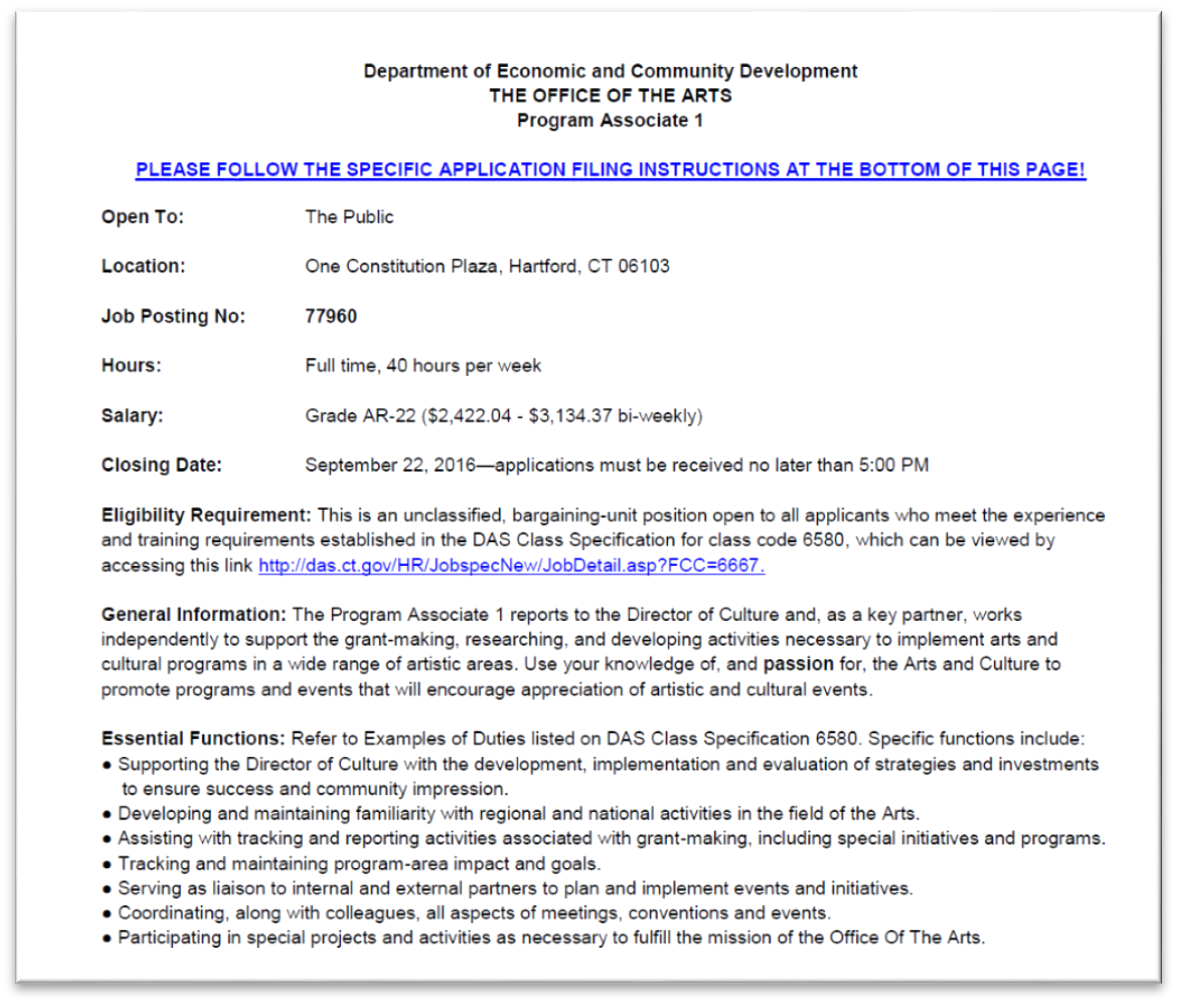 To do this, we've engaged a firm to help guide our discussions and considerations and are utilizing a Design Thinking approach to this process.”
To do this, we've engaged a firm to help guide our discussions and considerations and are utilizing a Design Thinking approach to this process.”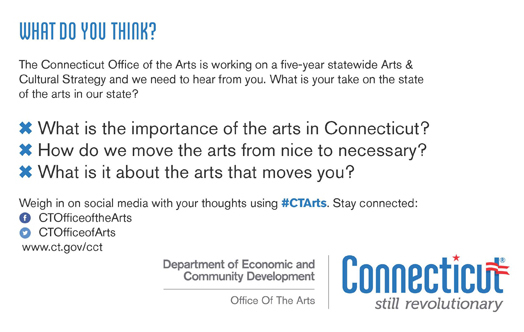
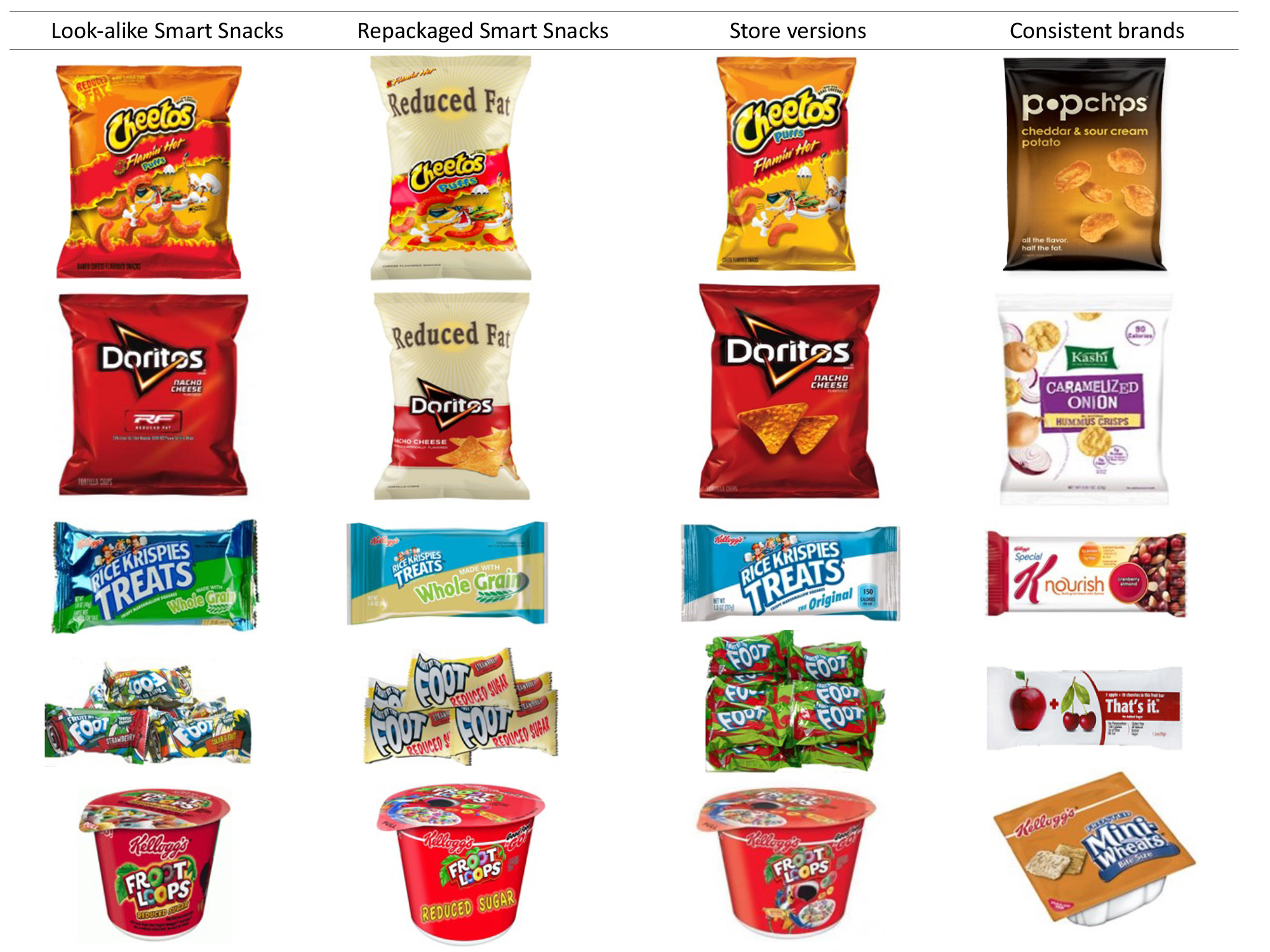
 “The practice of selling look-alike Smart Snacks in schools likely benefits the brands,” says Harris, “but may not improve children’s overall diet, and undermines schools’ ability to teach and model good nutrition.”
“The practice of selling look-alike Smart Snacks in schools likely benefits the brands,” says Harris, “but may not improve children’s overall diet, and undermines schools’ ability to teach and model good nutrition.”



 The New Haven Register
The New Haven Register 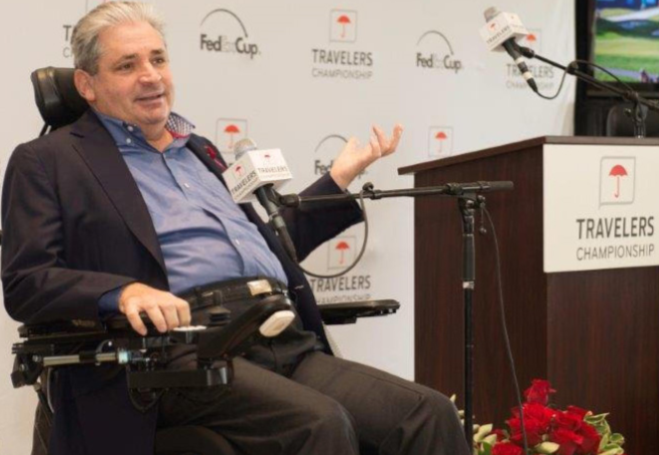



 running in communities including Hartford, New Britain, Trumbull, Bethel, Stamford, Norwalk, Manchester, Milford, Danbury, New Milford, Ridgefield, Brookfield, Wallingford. Another is expected soon in East Haven.
running in communities including Hartford, New Britain, Trumbull, Bethel, Stamford, Norwalk, Manchester, Milford, Danbury, New Milford, Ridgefield, Brookfield, Wallingford. Another is expected soon in East Haven.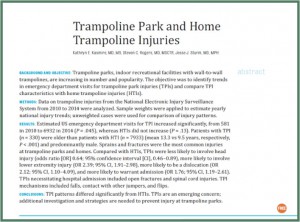 s," the organization said following publication of the study.
s," the organization said following publication of the study.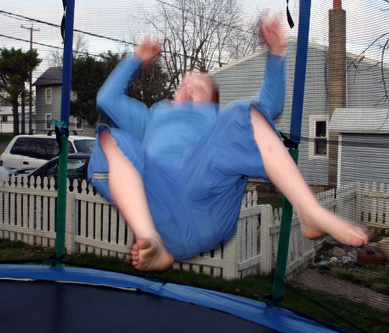
 mong the top ten "best value" schools.
mong the top ten "best value" schools.

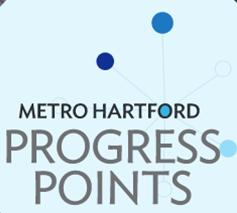
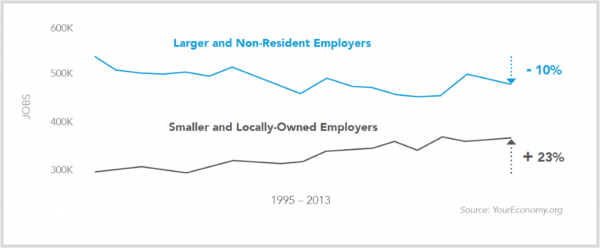 Local and regional organizations and associations, such as the MetroHartford Alliance’s HYPE, reSET, United Way’s Emerging Leaders and the Urban League’s Young Professionals “engage and connect millennials” and offer “business advisory services and other supports to help small businesses thrive,” the report explains, providing “a great start” on what needs to be done.
Local and regional organizations and associations, such as the MetroHartford Alliance’s HYPE, reSET, United Way’s Emerging Leaders and the Urban League’s Young Professionals “engage and connect millennials” and offer “business advisory services and other supports to help small businesses thrive,” the report explains, providing “a great start” on what needs to be done.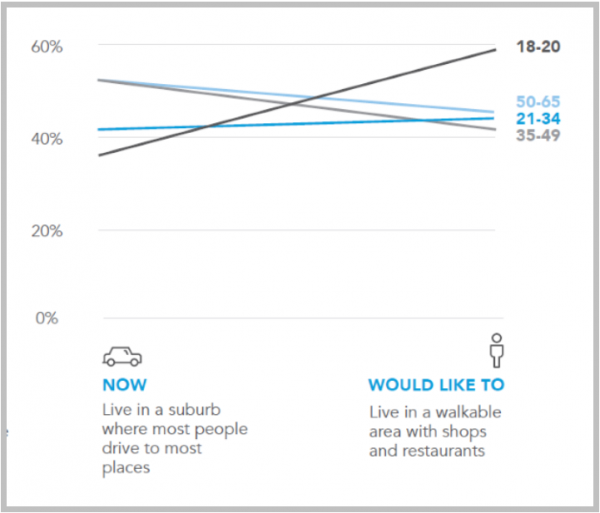 The report includes a timeline of past efforts aimed at addressing the region’s long-standing challenges, “not to be disheartening, but instead to highlight where positive changes have been made” and how collaborative efforts can “create opportunities for all Greater Hartford residents.” The report also indicates that:
The report includes a timeline of past efforts aimed at addressing the region’s long-standing challenges, “not to be disheartening, but instead to highlight where positive changes have been made” and how collaborative efforts can “create opportunities for all Greater Hartford residents.” The report also indicates that: The same measure showed the age 20-34 demographic group, at 0.22 percent, was considerably below the rate for other age groups. (This rate means that 221 out of every 100,000 adults in this age group became entrepreneurs in a given month.) The data also indicates that the rate of new entrepreneurs for the age 20-34 group is down from the high point for this age group of 0.28 percent in 1996.
The same measure showed the age 20-34 demographic group, at 0.22 percent, was considerably below the rate for other age groups. (This rate means that 221 out of every 100,000 adults in this age group became entrepreneurs in a given month.) The data also indicates that the rate of new entrepreneurs for the age 20-34 group is down from the high point for this age group of 0.28 percent in 1996.